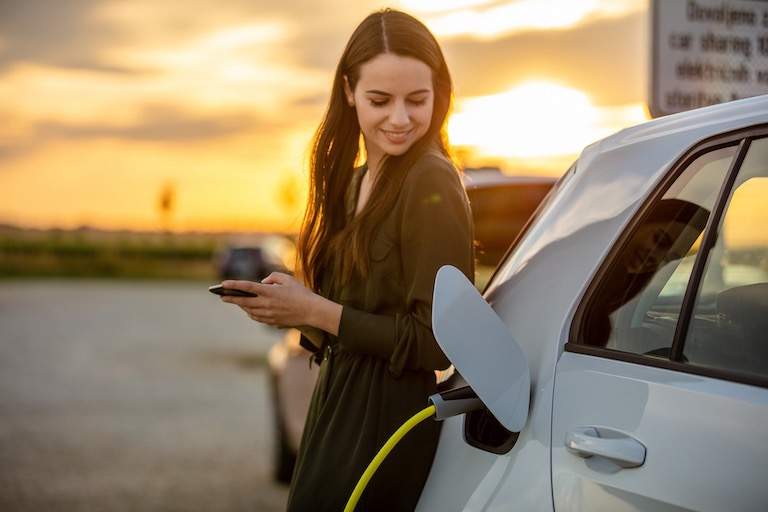
Ford Mustang Mach-E GT is one quick electric SUV
Blue oval’s first battery-powered SUV is as quick as Tesla Model Y, but won’t kill off the Ford V8 just yetThe Ford Mustang Mach-E GT will be the equal quickest electric SUV in its class, matching the upcoming Tesla Model Y with a 0-100km/h acceleration time of just 3.7 seconds, according to official performance figures just revealed in Europe.
That makes the top-shelf GT version of Ford’s first electric SUV a lot quicker than the standard Mach-E, which is still rapid enough to hit 100km/h in 5.1sec – and complete lurid slides in drift mode.
By our reckoning, it also makes the Ford Mustang Mach-E GT one of the world’s quickest SUVs, matching the Jeep Grand Cherokee Trackhawk and bettering the 3.8sec mark set by the Alfa Romeo Stelvio Q, Audi RS Q8, BMW X5 and X6 M, Mercedes-AMG GLC and GLE 63, and the Porsche Cayenne Turbo S E-Hybrid.
However, it falls short of the Dodge Durango SRT Hellcat and the Lamborghini Urus (3.6sec), not to mention the larger Tesla Model X, which the US EV-maker claims can hit 100km/h in just 2.8sec in dual-motor P100D guise with Ludicrous mode.
The Tesla Model Y was revealed in March 2019, released in the US in March 2020 and is produced in Long Range (505km) and Performance (480km) variants offering up to seven seats, but its release timing for Australia remains unknown.
Meantime, the Ford Mustang Mach-E, which hits US and European roads simultaneously late this year, has also been designed for global consumption including in Australia, but remains unconfirmed for this market.

Eclipsing its Mustang GT muscle-car namesake, the SUV version employs a 342kW/830Nm dual-motor powertrain but is limited to a 500km range and a 200km/h top speed. The standard version offers 190kW/565Nm and a 540km range.
However, it seems Ford is not about to dump its more famous Mustang GT, nor the V8s that power its famous pony car and other profitable models like the F-Series, Ford’s and North America’s top-selling vehicle.
Speaking exclusively to FordAuthority.com, Ford North America president Kumar Galhotra last week said there was no timeline for the end of the Ford V8.
Ford currently produces more V8s than most car-makers, including four for its top-selling F-Series trucks, one of which is shared with the Mustang that offers two further unique V8s.

The Coyote 5.0-litre V8 does duty in the Mustang GT and, in a lower state of tune, the F-150, while the 5.2-litre Voodoo V8 powers the Shelby GT350 and the supercharged 5.2-litre Predator V8 powers the Shelby GT500.
Super Duty versions of the F-Series, meantime, are offered in the US with a range of bent-eight engines: 6.2-litre Boss V8, 6.7-litre Power Stroke ‘Scorpion’ turbo-diesel V8 and 7.3-litre Godzilla petrol V8.
In addition to the Mustang Mach-E, Ford is developing five all-new EVs and its first battery-powered F-150, for release in mid-2022.
However, many car-makers – most recently including Maserati – are downsizing from V8 to V6 powertrains and many jurisdictions are banning the sale of new combustion-powered vehicles, most recently including the large and influential US state of California (from 2035).

But when asked by Ford Authority whether the blue oval brand will continue making V8 engines for the foreseeable future, Galhotra said: “Yes, absolutely.”
Asked how long the transition from internal combustion engines to electric vehicles will take, he said: “That’s very difficult to predict. The transition is happening before us right now, but when it will happen depends on so many things, like battery costs, fuel cost and regulation.
“The input factors are so numerous that I don’t think anybody can predict precisely when it will happen, but the shift is happening.”


Please see our Editorial Guidelines & Code of Ethics (including for more information about sponsored content and paid events). The information published on this website is of a general nature only and doesn’t consider your particular circumstances or needs.














